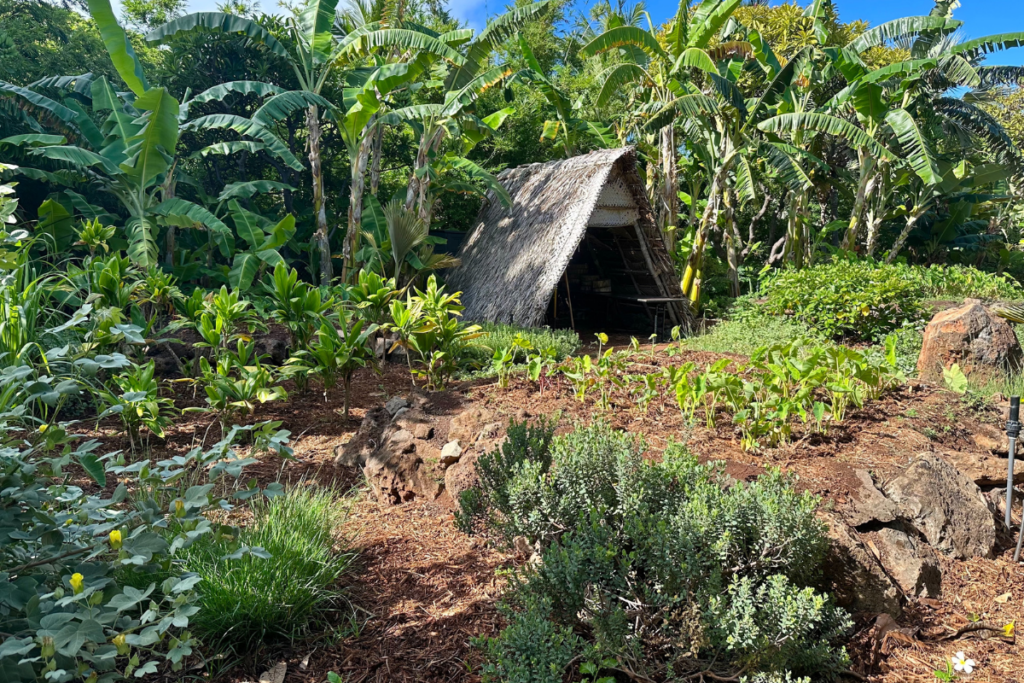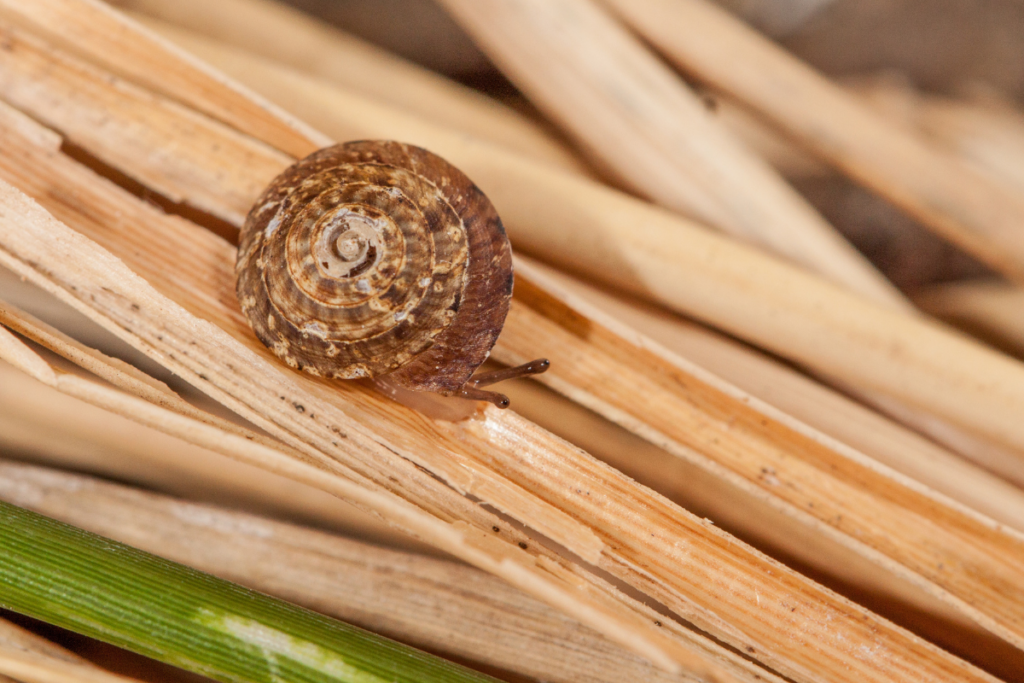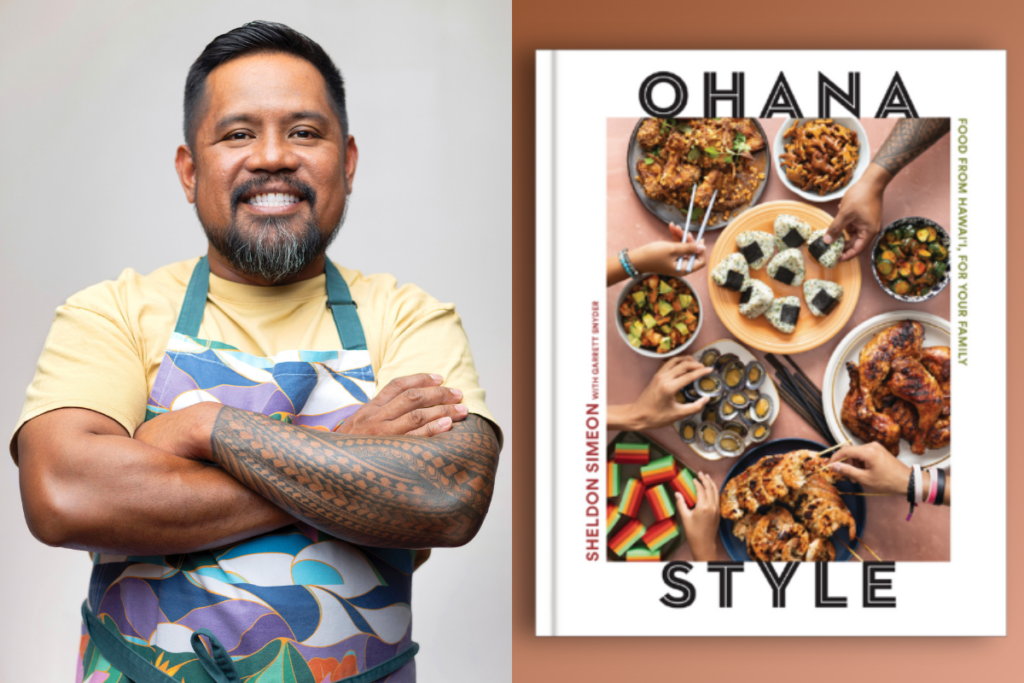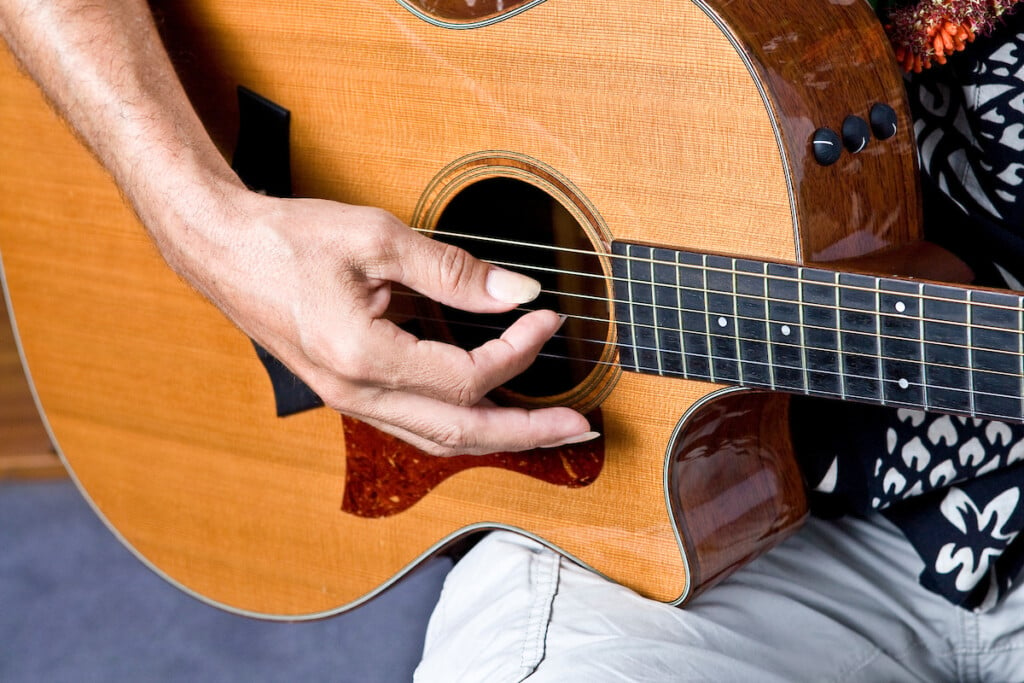A Case for Incorporating More Hawaiian Culture Into Your Hawaiʻi Vacation
Hotels across the Islands are enhancing their educational programs, giving guests clearer insights into Hawaiian history and traditions.

Clap, clap, stomp. Clap, clap, stomp. We keep the rhythm inside our double-hulled canoe as our guides chant, “E ala ē, ka lā i ka hikina.” As they continue with the remaining verses, repeating the oli (traditional Hawaiian chant) over and over, the sun begins to rise over Hawaiʻi Island as if summoned.
Floating in the cool morning sea off the western coast of the Big Island, the mountains glowing in the east, our guide describes a time when Native Hawaiians were forbidden to speak ʻōlelo Hawaiʻi (Hawaiian language) and to live their own culture on their own lands. Chants, such as “E Ala Ē,” were not permitted. Hawaiian language, hula and the stories of ancient Hawaiʻi would have been lost had it not been for the Hawaiian sovereignty movement of the 1970s that pushed for the reclamation of Hawaiian culture and land.
READ MORE: 8 Ways to be a More Conscious Traveler in Hawaiʻi
Many visitors to Hawaiʻi might not fully understand the hard struggles and trials of the Islands’ people. Media often depict the Islands as a tropical paradise, built just for visitors, with famous beaches and picturesque palm trees. For over a century the tropes have fueled a fragile economy that relies on tourism and led to the appropriation of Hawaiian culture and loss of land and water for Native Hawaiians. Today, visitors are encouraged to travel responsibly and learn more about the places they are visiting and what it means to be a guest here.
The downturn in tourism during the Covid-19 pandemic caused many people to rethink the industry’s role and effects on Hawaiʻi. By the time hotels and resorts began to welcome back visitors, many had revamped their cultural programs to offer guests more engaging opportunities to learn about Hawaiian culture and history. The Native Hawaiian Hospitality Association launched a program called Lamakū Hoʻokipa to offer development classes to hotel professionals, so they could work with their teams to implement more authentic Hawaiian cultural programs. The results have been encouraging.
As cultural advisers continue to shift curriculums, guests learn more about Hawaiʻi and how to be more mindful travelers. Below are four of the many Hawaiʻi resorts with outstanding Hawaiian cultural programs. Before booking your next Hawaiʻi vacation, check to see if the hotel you’re interested in offers cultural activities.
Outrigger Kāʻanapali Beach Resort, Maui

Families are welcome to all the cultural activities at the Outrigger Kāʻanapali Beach Resort on Maui.
Photo: Courtesy of Outrigger Kāʻanapali Beach Resort
Outrigger Kāʻanapali Beach Resort on Maui began adding cultural offerings well before the pandemic. In 2001, following the 9/11 attacks, the resort started the tradition of presenting guests with lei kukui upon arrival. Guests are encouraged to bring the lei back with them on any return trips. During a special ceremony, each guest can add a rare white kukui nut to the lei. The lei is given to show guests that they’re part of the hotel’s ʻohana. According to Outrigger Kāʻanapali Beach Resort, one guest who has been coming to the hotel for 56 years, has two lei made up of all white kukui nuts. Cultural activities are complementary with every stay and include an intro to ʻōlelo Hawaiʻi, outrigger canoe tours, ocean navigation lessons, Hawaiian music lessons and lei making. outrigger.com/hawaii/maui/kaanapali-beach-resort-hotel
Waikīkī Beach Marriott Resort and Spa, Oʻahu

Guests can weave lau hala at the Waikīkī Beach Marriott Resort and Spa on Oʻahu.
Photo: Courtesy of Waikīkī Beach Marriott Resort and Spa
On Oʻahu, the Waikīkī Beach Marriott Resort and Spa has a robust cultural program, with two locations set up like museums. In the Queen’s Parlor, a cultural adviser walks guests along a wall lined with portraits of every member of Hawaiʻi’s royal family, connecting the dots from Kamehameha the Great to Queen Liliʻuokalani. On the other side of the room, guests shed their sandals and shoes for a hula lesson, while others in the center of the room weave lau hala and string flowers to make lei. In the Cultural Center is a string instrument museum filled with guitars and ʻukulele. Here guests can take ʻukulele lessons and learn basic phrases in ʻōlelo Hawaiʻi. Other activities include Hawaiian quilting, chanting and net-throwing, which are offered throughout the week. marriott.com/en-us/hotels/hnlmc-waikiki-beach-marriott-resort-and-spa/overview
READ MORE: How the Legacy of Hawaiʻi’s Monarchy Lives On
Four Seasons Resort Lānaʻi, Lānaʻi

Guests at the Four Seasons Resort Lānaʻi can join a sunrise hike to Puʻupehu Rock.
Photo: Sarah Burchard
At the Four Seasons Resort Lānaʻi guests can hire a private driver to take them around the island. On the Holoholo Tour, they’ll learn the history of the island from a guide, plus there’s a stop at the Lānaʻi Culture & Heritage Center, too. If you prefer something more active, you can join a short sunrise hike to Puʻupehe Rock (aka Sweetheart Rock) to learn the legends of the outcropping and more, amid breathtaking ocean views. Guests can also learn the history of Hawaiian wayfinding, which relies on the wind, stars, ocean swells and other natural cues to navigate the sea. They can also gaze up at the stars through a 3.2-foot telescope inside the resort’s observatory. fourseasons.com/lanai
Mauna Lani, Auberge Resorts Collection

On the sunrise outrigger canoe paddle at Mauna Lani, Auberge Resorts Collection, on Hawaiʻi Island, guests learn about the land that surrounds them while guides welcome the morning sun with a chant.
Photo: Sarah Burchard
The Mauna Lani, Auberge Resorts Collection, on Hawaiʻi Island is located along the Kalāhuipuaʻa fishponds. The ponds, part of a 2,000-year-old Hawaiian food system, is fed by both the sea and freshwater springs and was once a refuge and resource for Kamehameha the Great. Guests can take a walking tour through the fishponds, which leads into underground lava tubes and past the historic Eva Parker Woods Cottage, where Hawaiian historian Danny Akaka Jr. came to stay in the 1970s to steward the land. Today Akaka, the resort’s cultural ambassador, holds monthly jam sessions outside the cottage called Twilight, where the sounds of ‘ukulele, slack-key guitar and moʻolelo (Hawaiian stories) fill the air. The sunrise outrigger canoe paddle (as described earlier) is also not to be missed. aubergeresorts.com/maunalani
Sarah Burchard is a contributor to HAWAIʻI Magazine.


